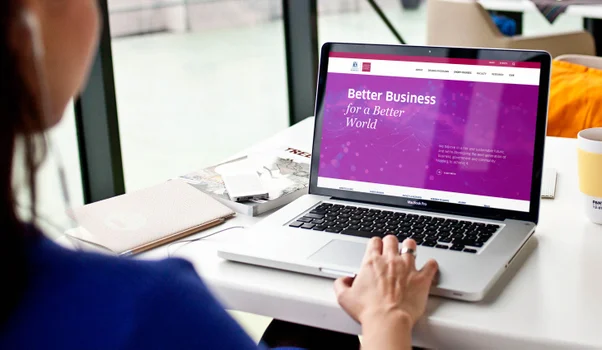User Experience Design (UX)
UX includes all interactions with a company, including its services. This is why Luminary’s UX practice encompasses Service Design and CX. (For a guide to these terms, check out this article by our UX Director, Josh Smith: Demystifying industry terminology.)
UX is fundamentally a Human-Centred Design practice, bringing to life solutions that meet human needs. Our process, therefore, dedicates time spent with the people we are designing for so that we may explore their needs, emotions and behaviours – rational or otherwise. The insights we gather ensure that the products and services we bring to life are innovative and create measurable change.
We have designed our process to enable our clients to make informed, evidence-based decisions before committing to final design execution and build. Iteration and user testing ensure our products are finely tuned, down to the smallest of details and interactions. This early and often feedback on low-cost rapid prototypes creates velocity in our process, reducing tunnel vision and sunk cost on bad ideas.
Once built, products remain living and breathing and we treat them as such. Through continuous support and collaboration with our data and technical teams, we grow and optimise them to meet your business objectives.
If you’re hoping to understand your customers, find answers to nagging questions or take your product to the next level, our UX design agency can support you. To find out more about our team get in touch or meet our UX Director.
How we create the best experiences
When we first meet, we ask a lot of questions to work out what activities and services will be most beneficial to your particular situation. These services will likely be a mixture of those outlined below:
Desktop research and data review
A lot can be done with what has already been learnt. SEO, data analytics, market reports and prior research all inform our work. At the start of every project, we’ll take on your existing data and work with our cross-functional team to uncover every piece of evidence we can. Learn more about our digital strategy services.
Expert (heuristic) review
UX research and customer interviews
Interviews, observation and surveys are designed to uncover insights into user behaviours and motivations. There are many methods by which we may research customer behaviour. Contextual inquiry, diary studies and observations are three such qualitative methods that allow us to discover how they think and make sense of the world.
Journey maps and personas
We use insights from research to document your customers’ behaviours and how they interact with your products and services. These resulting visuals provide a practical blueprint for delivery and guidelines for how to interact across channels with your customers.
Workshop facilitation
Either as part of a broader project or a stand-alone activity, we conduct ideation workshops, co-design sessions and design thinking training. These sessions broaden our thinking and act as the stepping stone from research insights to designed solutions.
Prototyping and user testing
Low-fidelity interactive designs that serve as a low-cost testing ground for new products and ideas. We test wireframes with prospective users to evaluate our ideas through a series of defined tasks. This can be done in person or online with as few as five participants, as 85% of usability problems can be found in this small sample size.
UX research and customer interviews
Effective IA is about organising, labelling and structuring content so that it is intuitive and logical. We use analytics data, SEO and content recommendations as well as stakeholder and customer input to create an IA. Always seeking to validate our work, the IAs we create are tested for efficiency through online task-based user testing.
Journey maps and personas
Humans make a lot of decisions. Many we believe to be conscious and rational when oftentimes this isn’t true. By acknowledging the biases that are common in behaviour, we map the behaviour we wish to change and create shortcuts and design patterns that lead to better decision making and healthier habits.
Lean UX
Service Design
A product does not function in a vacuum. The best apps and websites we interact with are supported by the services, physical touchpoints, technology, processes, business models and people that enable them. To deliver a truly exceptional experience, this often invisible ‘behind the curtain’ layer is included in the research and design process.
Customer Experience Design (CX)
Design sprint
Here’s how the
framework has worked
for others

Cancer Council Australia
Cancer Council is the nation’s leading cancer charity, and the only Australian charity working across every aspect of every cancer.

Healthylife
Healthylife – part of the Woolworths Group – is a digital startup that provides customers with health and wellness advice, services and products.

Heart Foundation
Heart Foundation funds lifesaving heart research, education and work to improve heart disease prevention and care for all Australians.

Melbourne Business School
Home to leading executive education programs, Melbourne Business School needed a website that would match the calibre of its courses.